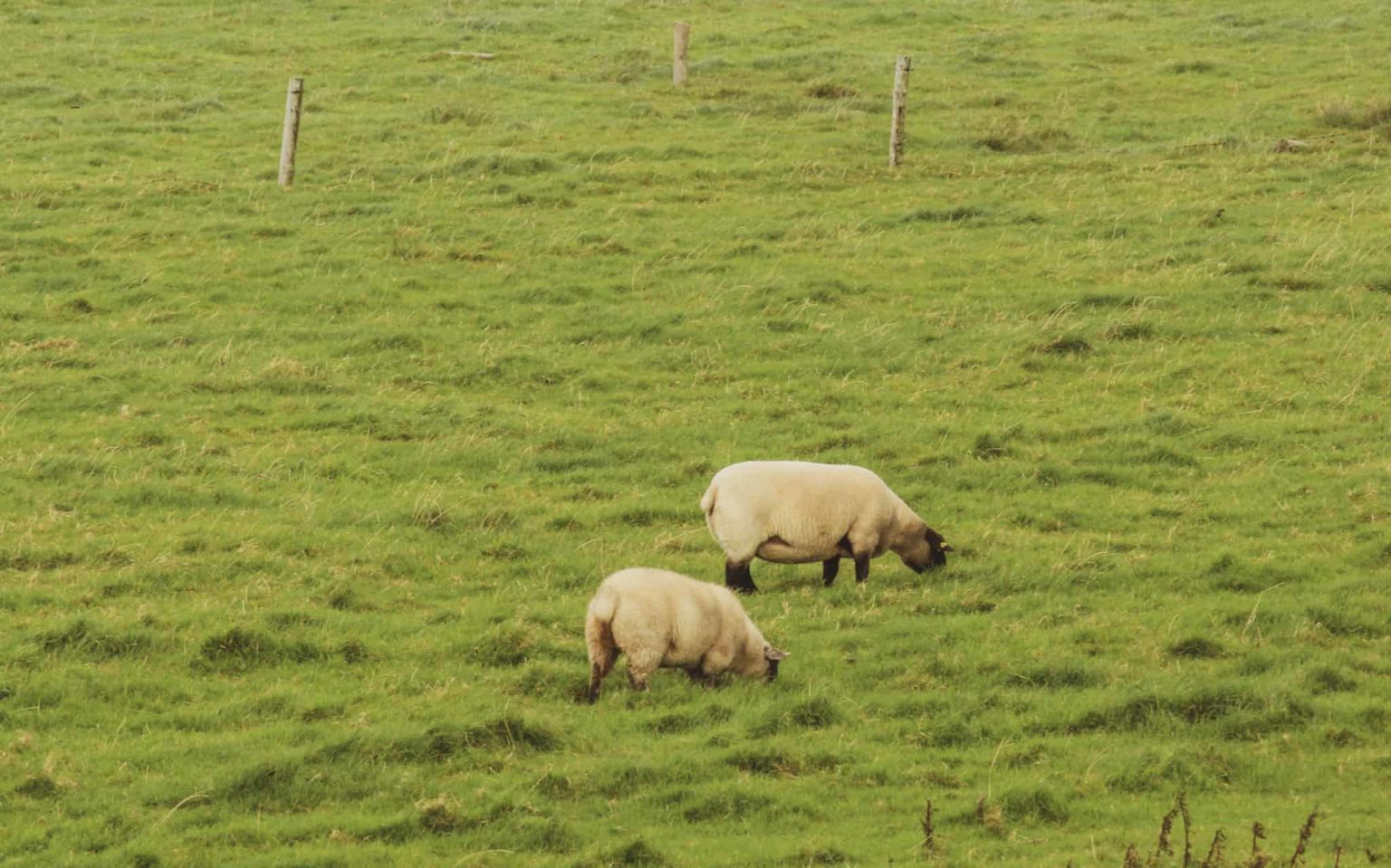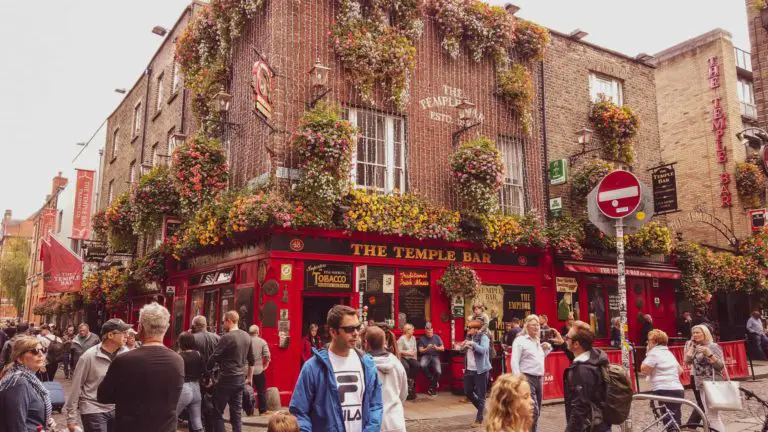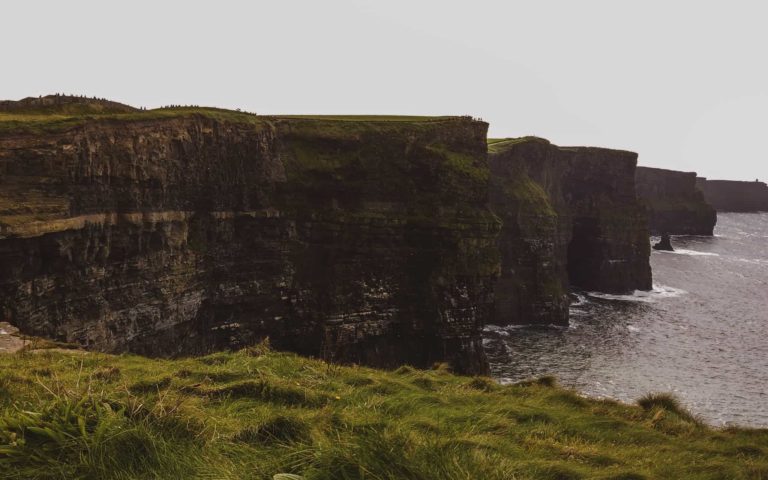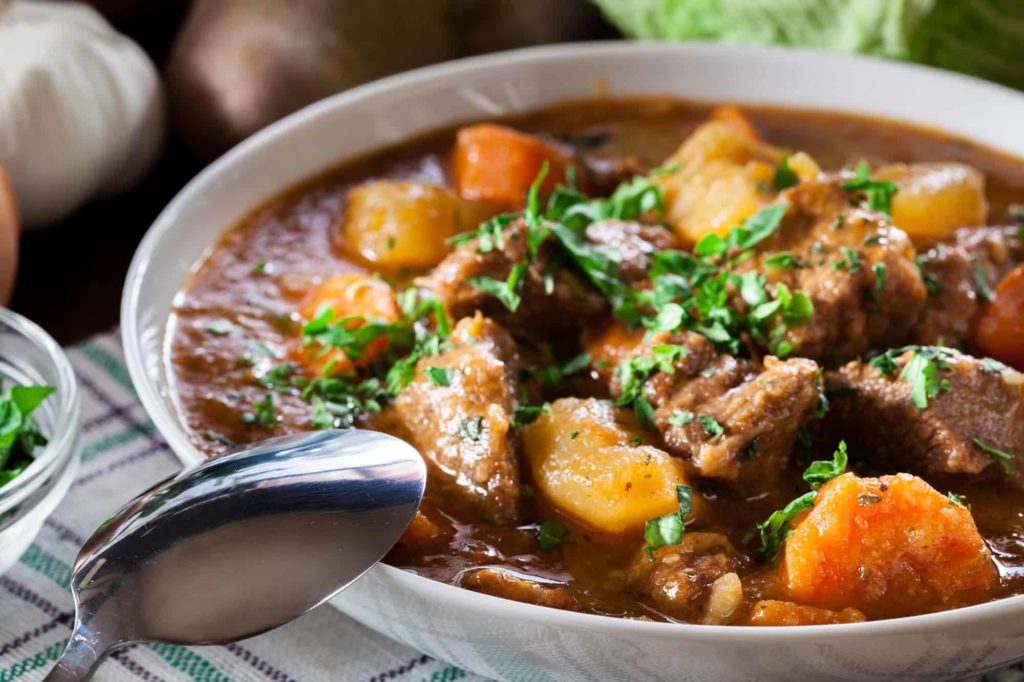
IRELAND

Places In Ireland
Ireland is my happy place. Dark humour, light humour, outstanding hospitality, comfort food cuisine, delicious beer, incredible whisky, history, Irish music and awesome folklore music. All the places in Ireland are like all the furniture, warmth, comfort and coziness, of my living room. You never want to leave!
Ireland is one of Europe’s most popular tourist destinations, offering a unique mix of warm hospitality, rugged landscapes and vibrant cities.

2 Days In Dublin Itinerary: A Guinness-Fuelled Weekend
Spending at least 2 days in Ireland’s capital city has been on my travel list since I visited St. John’s & Fogo Island in Newfoundland & Labrador. Now that I’ve done it, I’ve compiled our trip into a handy itinerary for you. In the 1800s, thousands of Irish immigrants came to these shores seeking a…

Magical Cliffs Of Moher Day Trip From Dublin, Ireland
I’ve been waiting for this trip for a very long time !!The magical Cliffs of Moher day trip from Dublin is located on the west coast of Ireland, along the Wild Atlantic Way, are the iconic Cliffs of Moher. You may recognize the Cliffs of Moher from such films as The Princess Bride (1987) (as the filming…
History Of Ireland
The prehistoric settlement in Ireland brought with it both a rich history and culture. Historians estimate that the first humans to settle in Ireland arrived about 10,000 years ago, and around 4000 BC, the first farmers began to arrive in Ireland, ushering in the Stone Age.
Then around 300 BC, warriors known as Celts came to Ireland from mainland Europe and considerably influenced Irish culture. Not only did their arrival bring the Celtic language to the island, but many famous myths of Irish folklore are based on stories these ancient Celtic warriors told.
Irish is still an official language today, showing how strong of an impact they could have on Irish life since their arrival thousands of years ago.
Capital
The capital city of Ireland is Dublin.
2 Days In Dublin, Ireland: A Guinness Fuelled Dublin Itinerary
Currency
The currency used in Ireland is the Euro (EUR). This currency was adopted by Ireland when they became part of the European Union on January 1, 1999.
Food
Both traditional dishes as well as more modern interpretations of classic dishes characterize Irish cuisine, making it an interesting and diverse culinary adventure.
Burgoo – Burgoo is a heart stew with the main ingredients being oatmeal, barley and beef. It’s often mixed with onions and other vegetables like cabbage and turnips to give it flavor.
It’s traditionally served with a large piece of beef or beef bones in the center, allowing diners to pluck out pieces as they eat.
Colcannon – This popular dish consists of potatoes mashed with butter and parsley (and sometimes kale) added in for texture. Variations may also include bacon or ham depending on preference, giving colcannon variation from region to region.
Coddle – Coddle is a potato-based dish made up of onion-stewed pork sausages simmered in broth that make for a tasty and filling meal at any time of day.
The dish originated in Dublin in the early 18th century but has now made its way throughout Ireland thanks to its rich flavor and ease in preparation.
Irish Stew – This hearty stew is considered one of Ireland’s national dishes due to its popularity among locals for centuries past. This rustic dish consists of tender chunks off lamb (or beef) cooked together with potatoes, carrots and onions along with herbs such as thyme, parsley or bay leaf for added depth.
Feel free to add your own favorite vegetables like peas , mushrooms or squash puree when serving this simple yet satisfying comfort food.
Boxty – Boxty are potato pancakes made from shredded raw potato mixed with mashed boiled potatoes seasoned with salt, pepper , butter and sometimes garlic before being pan-fried until golden brown.
Boxty can either be served as an accompaniment to entrees like stews or eggs , it can also stand alone – especially if topped off with applesauce and sour cream !

Electricity
The standard domestic electricity supply in Ireland is 230 volt AC (frequency 50Hz).
Public Transit
Public transit is not the only method of exploring Ireland, but it certainly is one of the finest. All public transportation is above-ground, so passengers have an opportunity to look out the window and witness both remarkable urban areas as well as stunning rural scenery in between.
Bus
In Dublin, buses are the most popular form of public transportation. These buses are mostly operated by Dublin Bus and also a private company called Go-Ahead Ireland, which is part of England’s Go-Ahead Group. The bus system has around 200 routes that cover the Dublin area.
Train
Iarnród Éireann (Irish Rail) runs the national railways of Ireland, offering a modern and consistent railway service in many parts of Ireland. Visit their website here: Irish Rail.
There is no split into classes on most trains in Ireland. The majority of trips up and down the country are based around Dublin, with two main stations to get off at – Connolly Station and Heuston Station. If you need to switch between the two, unfortunately there are no train services, so you’ll have to take a bus or tram.
Driving
In Ireland, drivers drive on the left side of the roadway. But don’t fret! The countryside is beautiful and winding roads are full of charming towns with plenty of sights to see.
Be Aware of Blind Spots on Rural Roads
Ireland has some very unforgiving rural roads – many of them winding around rocky green hillsides – which means there are several blind spots on corners where visibility is limited. Be very careful if approaching these blind spots and be sure not to exceed otherwise designated speed limits.
Additionally it’s important watch out for sheep during peak summer months (April-September) – they’ll often wander across fields onto unlit rural highways during night-time hours.
Be Prepared When Driving During Hard Weather Conditions
The weather conditions in Ireland can change rapidly – especially between coastal regions and higher ground further inland – so make sure you drive appropriately depending upon where exactly you are travelling at any given time of year.
For example, foggy conditions can severely reduce visibility even when travelling short distances ,so be prepared by ensuring your window wipers function correctly as well as having non-tinted windows or a windscreen visor attached if necessary.
It’s also important not forget key items such flash light, spare warm clothing layers and blanketing materials should temperatures suddenly plummet mid transit!
Opt for Long Term Rental if Possible
If you’re planning on using your rental car for more than one week throughout Ireland (or even part of Europe), consider opting for long-term rentals rather than a standard day rate. You may find huge savings when booking short periods of time at lower daily rates over extended periods of time – perfect if money is tight!
Safety
Ireland is safe for tourists. It made the World Economic Forum’s list of safest countries in 2019 and currently ranks number one in Europe for personal safety from crime.
You should also take basic security precautions when it comes to your possessions—leave valuable items at your place of lodging and carry only what you need with you when walking around town or touring attractions.
